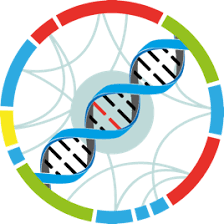Study : Tracing the origins of French grapevine diversity through genome-wide SNP sequencing of archaeological seeds
Identification
Name
Tracing the origins of French grapevine diversity through genome-wide SNP sequencing of archaeological seeds
Identifier
dXJuOkVWQS9zdHVkeS9QUkpOQTQ4OTk3MA==
Description
The Eurasian grapevine (Vitis vinifera) was one of the first fruit crops to have been domesticated and has since played important roles as both a food source and the basis of wine production. Despite being clonally propagated, present-day cultivars exhibit great morphological and genetic diversity, with thousands of varieties described in historic and contemporaneous records. Thanks to historical accounts, some varieties can be traced to the Middle Ages, but genetic relationships between ancient and modern vines remain unknown.We used palaeogenomics to investigate the history of viniculture in France, a country that is renowned for its numerous local varieties. We performed targeted-enrichment of 10,000 cultivar-diagnostic SNP loci on 28 archaeological grape seeds dating to the Iron Age, Roman era, and medieval period. By comparing these samples to a genotype panel of 783 domesticated and 112 wild accessions, we found the archaeological samples were closely related to Western European cultivars used for winemaking. Our samples demonstrated 16 distinct genetic signatures, one of which represented by seeds from two Roman sites separated by >600 km, a pattern consistent with clonal propagation of varieties. We found several Roman samples held parent-offspring relationships with varieties grown today in Alpine regions, thus generating new hypotheses for the spread of viniculture to new climates. Furthermore, we discovered one seed excavated in Orléans and dated to ~1100 CE was a genetic match to ‘Savagnin Blanc’ (synonym: ‘Traminer Weiss’), providing direct evidence for 900 years of uninterrupted vegetative propagation.
Genotype
| Accession number | Name | Taxon |
|---|
